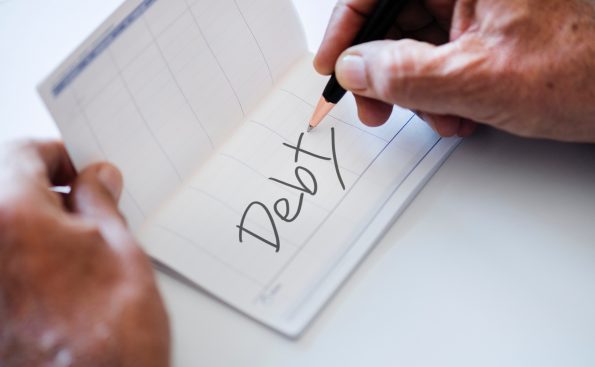Cash flow problems can be a serious problem for any company. Especially when there is a risk of not being able to pay the debt. If you catch these problems early, you may be able to quickly resolve these challenges and implement new strategies to avoid bankruptcy. If these issues cannot be resolved and the company fails to pay its debts on time, the company is considered insolvent.

At this stage, the options available are severely limited. While there are several company remedies that can help your business recover in the early stages of financial hardship, sometimes the best option is to go into voluntary liquidation.
Despite the fact that many company directors view liquidation as the worst option, it can actually be one of the easiest ways to end a financial struggle. It gives you peace of mind and removes the risk of legal consequences if your business continues to trade and the more serious situations that may arise if your creditors decide to take legal action against you. In some cases, creditors can file a liquidation petition, which can result in forced liquidation of your business. It is much better to take responsibility for this decision yourself rather than deferring it to someone else.
Here, Company Insolvency Advice experts walk you through the voluntary liquidation process and how, if you act fast, expert advice can get your business back on track.
How does a company go into voluntary liquidation?
To make the right decisions and move forward with confidence, it is important to carefully evaluate all options when a business faces cash flow or corporate debt issues. If you believe voluntary liquidation is the right option for your business, Company Rescue Expert or Bankruptcy Expert for advice. They can assess the situation and explain their options. In some cases, you may be able to arrange another payment method or use a different strategy to get your business back on track.
Once you have determined that voluntary liquidation is the only option and you have secured the consent of the other company’s directors, the first step is to direct bankruptcy professionals. Once the Insolvency Practitioner takes control, the business stops trading and most likely all employees are laid off. From this point on, directors have a legal obligation to avoid actions that degrade the business. However, the formal liquidation process will not begin until a creditors’ meeting has been convened and the resolution of that meeting has been passed.
What Happens After Being Directed by a Bankruptcy Specialist?
The first responsibility of a directed bankruptcy professional is to gather all information about the company. They contain excerpts from the company’s accounts, a list of creditors, information on shareholders from the legal register, and details of all existing company assets (including physical items, inventory, and work in progress). Start by drafting a director’s report. and liabilities). This report is prepared to inform creditors of the current financial situation of the company and the reasons why the company is being liquidated.
The bankruptcy practitioner invites the company’s creditors to a creditors’ meeting. At this meeting, the directors’ reports may be reviewed and resolutions to appoint a liquidator may be voted upon. Liquidators are typically bankruptcy practitioners who coordinated the process from the beginning.
When a company is liquidated, an appointed liquidator begins the realization of the company’s assets for the benefit of the company’s creditors. At this stage, the directors of the company are free to move and start another business if they wish. In most cases, there are no legal implications for directors.
If your business is struggling with debt or cash flow problems, consult a bankruptcy expert as soon as possible. can show the way. Not only can this help you plan for your future and your business, it can give you the peace of mind you need when making difficult decisions.
Robert Cooksey, Director, bankruptcy advice

